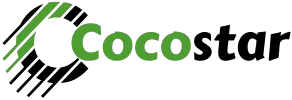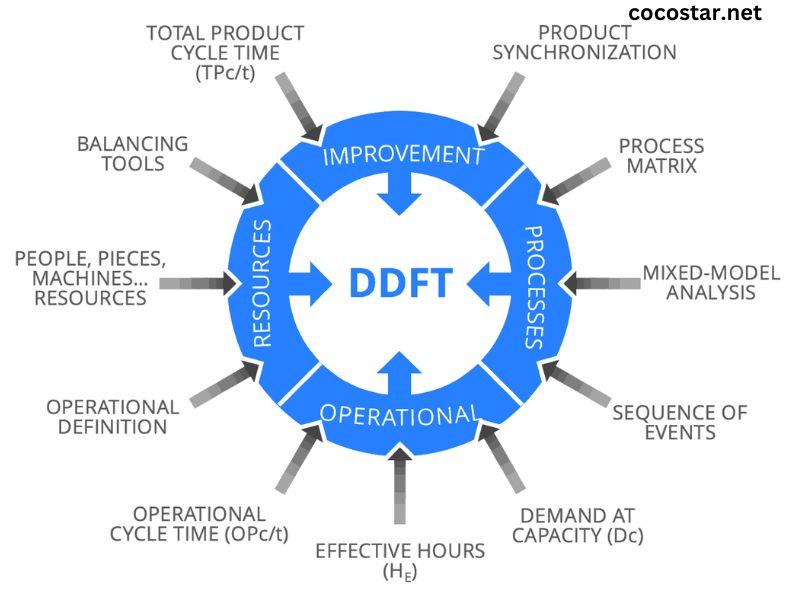In the ever-evolving landscape of business and manufacturing, efficiency and adaptability are critical for success. One technological advancement that has significantly impacted these areas is Demand Flow Technology (DFT). This article delves into the intricacies of Demand Flow Technology, exploring its principles, applications, benefits, and impact on various industries.
Understanding Demand Flow Technology
Demand Flow Technology is a production and supply chain management methodology designed to align production processes with actual customer demand. Unlike traditional manufacturing systems, which often rely on forecasts and push-based production, DFT emphasizes a pull-based approach. This means that production is driven directly by real-time customer demand rather than predictions.
The core objective of DFT is to streamline operations by minimizing excess inventory, reducing lead times, and enhancing overall efficiency. It integrates various principles of lean manufacturing and just-in-time (JIT) methodologies to create a more responsive and adaptive production environment.
Key Principles of Demand Flow Technology
- Pull-Based Production: DFT operates on the principle of pull-based production. This means that production is triggered by actual demand from customers rather than forecasts. The pull system helps in reducing excess inventory and minimizes the risk of overproduction, which can lead to waste and increased costs.
- Real-Time Data Utilization: One of the fundamental aspects of DFT is its reliance on real-time data. By continuously monitoring customer demand and production processes, businesses can make informed decisions and adjust their operations accordingly. This real-time approach helps in maintaining optimal inventory levels and ensuring that production schedules align with current demand.
- Flow Optimization: DFT focuses on optimizing the flow of materials and products through the production process. This involves analyzing and improving the efficiency of each stage in the production cycle, from raw materials to finished goods. The goal is to minimize delays, bottlenecks, and inefficiencies, resulting in a smoother and more streamlined production flow.
- Cross-Functional Collaboration: Effective implementation of DFT requires collaboration between various departments within an organization. This includes production, procurement, logistics, and sales teams. By fostering communication and coordination among these functions, businesses can better align their operations with customer demand and respond more effectively to changes in the market.
Applications of Demand Flow Technology
Demand Flow Technology has found applications across a wide range of industries. Here are some notable examples:
- Manufacturing: In manufacturing, DFT is used to optimize production processes and inventory management. By adopting a pull-based approach, manufacturers can reduce lead times, lower inventory carrying costs, and improve overall production efficiency. This is particularly beneficial in industries with complex supply chains and variable demand patterns.
- Retail: Retailers use DFT to enhance their supply chain and inventory management. By aligning production and procurement with actual customer demand, retailers can minimize stockouts and overstock situations. This results in improved customer satisfaction and reduced costs associated with excess inventory.
- Automotive: The automotive industry benefits from DFT by streamlining its production processes and reducing lead times. DFT helps automotive manufacturers respond more quickly to changes in consumer preferences and market demand, leading to improved product availability and reduced inventory levels.
- Consumer Electronics: In the consumer electronics sector, DFT helps companies manage the complexities of rapid product changes and varying demand. By implementing DFT, electronics manufacturers can better align production with consumer trends, reducing the risk of obsolete inventory and enhancing overall operational efficiency.
Benefits of Demand Flow Technology
Implementing Demand Flow Technology offers numerous benefits for businesses, including:
- Reduced Inventory Costs: By aligning production with actual demand, businesses can significantly reduce inventory levels. This leads to lower carrying costs, reduced obsolescence, and improved cash flow. With less inventory on hand, companies can also minimize storage and warehousing expenses.
- Improved Lead Times: DFT enables companies to respond more quickly to changes in customer demand. By streamlining production processes and eliminating unnecessary delays, businesses can shorten lead times and deliver products to customers more rapidly.
- Enhanced Efficiency: The focus on optimizing flow and reducing bottlenecks leads to increased operational efficiency. Businesses can achieve higher productivity levels and better utilization of resources, resulting in cost savings and improved profitability.
- Increased Flexibility: DFT provides businesses with the flexibility to adapt to changing market conditions and customer preferences. By leveraging real-time data and maintaining a pull-based production system, companies can quickly adjust their operations to meet evolving demand.
- Higher Customer Satisfaction: With improved alignment between production and customer demand, businesses can offer better product availability and faster delivery times. This enhances customer satisfaction and strengthens the overall customer experience.
Implementing Demand Flow Technology
Successful implementation of Demand Flow Technology requires careful planning and execution. Here are key steps to consider:
- Assess Current Processes: Begin by evaluating existing production and supply chain processes. Identify areas of inefficiency, bottlenecks, and excess inventory. This assessment will help in determining the areas where DFT can have the most significant impact.
- Invest in Technology: Implementing DFT often involves investing in technology solutions that facilitate real-time data collection, analysis, and communication. This may include advanced software systems, automation tools, and data analytics platforms.
- Train and Educate Staff: Ensure that employees are trained on the principles and practices of DFT. Educate staff on the importance of real-time data, pull-based production, and cross-functional collaboration. Effective training is essential for successful adoption and implementation.
- Foster Collaboration: Promote collaboration among different departments within the organization. Encourage open communication and teamwork to ensure that production, procurement, logistics, and sales functions are aligned with customer demand.
- Monitor and Adjust: Continuously monitor the performance of DFT initiatives and make adjustments as needed. Analyze data, track key performance indicators (KPIs), and gather feedback from employees and customers to identify areas for improvement.
Challenges and Considerations
While Demand Flow Technology offers numerous benefits, it also presents certain challenges:
- Complexity of Implementation: Implementing DFT can be complex and requires careful planning. Organizations may need to invest in new technology, restructure processes, and train employees. The initial effort and cost can be significant.
- Data Accuracy: The effectiveness of DFT relies heavily on the accuracy of real-time data. Inaccurate or incomplete data can lead to incorrect production decisions and negatively impact efficiency.
- Cultural Shift: Adopting DFT may require a cultural shift within the organization. Employees and management need to embrace new ways of working, including a focus on pull-based production and cross-functional collaboration.
- Integration with Existing Systems: Integrating DFT with existing systems and processes can be challenging. Organizations may need to address compatibility issues and ensure seamless communication between different systems.
Conclusion
Demand Flow Technology represents a significant advancement in production and supply chain management. By focusing on pull-based production, real-time data, and flow optimization, DFT helps businesses align their operations with actual customer demand. This leads to reduced inventory costs, improved lead times, enhanced efficiency, and increased flexibility. While implementing DFT presents certain challenges, the benefits it offers make it a valuable approach for organizations seeking to enhance their operational performance and respond effectively to market changes.
As businesses continue to evolve and adapt to new technologies, Demand Flow Technology stands out as a powerful tool for achieving operational excellence and meeting the ever-changing demands of the marketplace.



